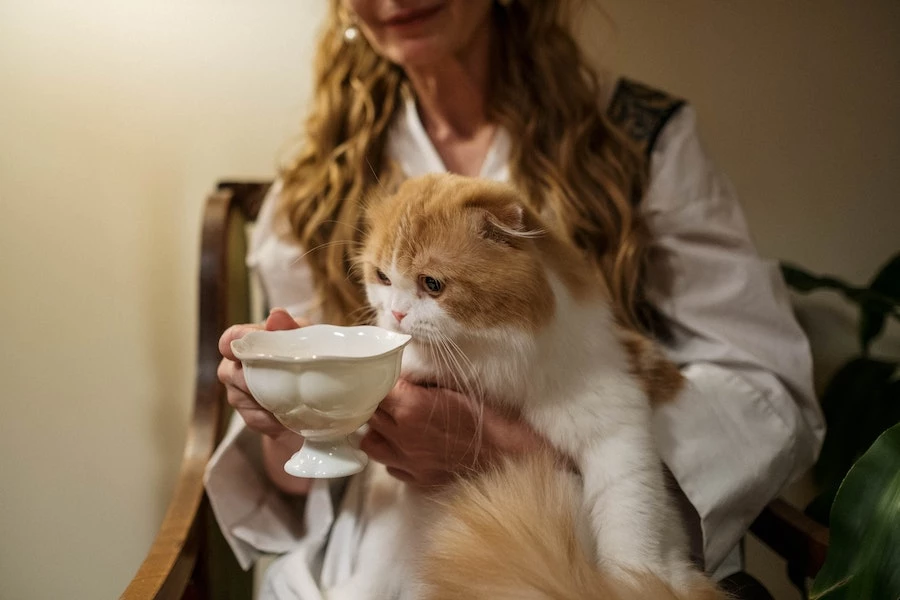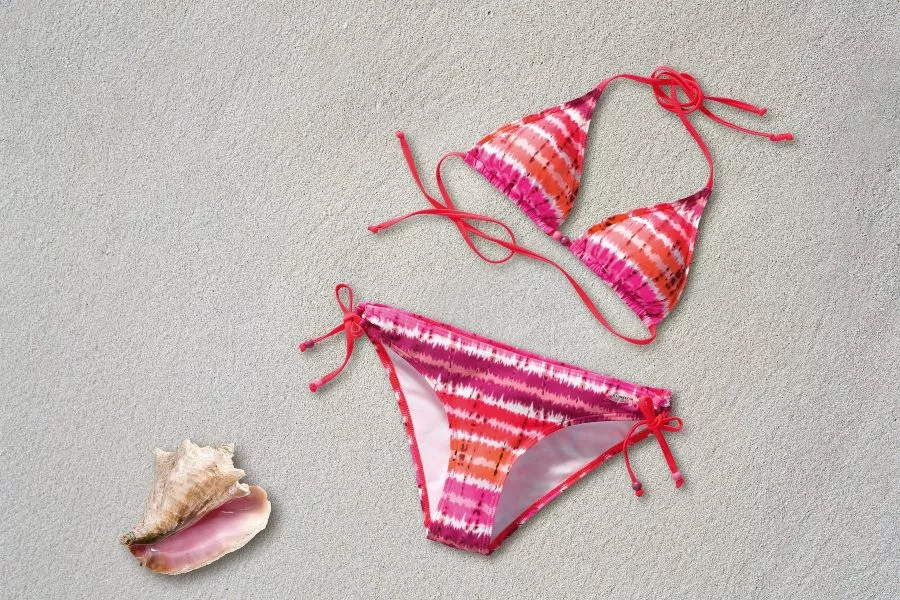Whether you’re a cat owner or just a cat enthusiast, you know your cat deserves the best. For this reason, it’s crucial to provide your cat with a balanced diet that meets all of their nutritional needs. This article will walk you through the maze of cat food options, explaining what to look for in a high-quality product and how to adapt its ingredients to your feline friend’s unique nutritional needs.
A Guide To Reading Cat Food Packages
Deciphering the Ingredients
The list of ingredients is quite important when choosing high-quality cat food. The first element in a premium cat food should be animal protein (chicken, fish, or cattle), followed by other nutritious foods, including whole grains, veggies, and healthy fats. Avoid feeding your cat food that has been processed with chemicals or dyed or flavored artificially.
Portion Control
Minimum and maximum percentages of nutrients, including protein, fat, fiber, and moisture, are listed in the portion control section of a cat food label. Make sure the cat food you purchase has enough protein and fat for your cat because obligate carnivores like cats need a diet high in these nutrients.
Cat Food Option
Dry Cat Food
The simplicity and low cost of dry cat food, often known as kibble, make it a popular choice among pet owners. Dry cat food can provide a healthy diet, but it’s important to check the label to be sure it’s made with nutritious ingredients. Keep in mind that certain felines, especially elderly ones or those with dental difficulties, may have trouble chewing on the harder kibble.
Wet Cat Food
Due to its high moisture content, canned or pouched wet cat food is a great option for felines with urinary tract problems or dehydration issues. It contains more protein and fewer carbohydrates which can make wet cat food more expensive, but it’s healthier for your cat’s health.
Homemade and Raw Foods
Some cat owners prefer a raw or homemade diet. This method might help you feed your cat a diet that is more in accordance with its species. Do your homework and consult your vet or a pet nutritionist before feeding your cat any homemade food to ensure it is healthy and safe.
Meeting Your Cat’s Specific Requirements
Stages of Life Nutritional Needs
The nutritional needs of cats vary with age. To fuel their rapid growth, kittens need a higher-calorie, higher-fat diet. At the same time, older cats may benefit from a diet with fewer calories but more fiber. If you want to make sure your cat gets all the nutrients it needs, feed it food that has been developed for its age.
Food Allergies
Diabetes, kidney illness, and food allergies are just a few examples of conditions that may necessitate a particular diet for cats. The optimum food for your cat can be determined after consulting with your veterinarian, so be sure to do so.
Conclusion
It’s crucial to your cat’s health and happiness that you feed them a balanced diet. Take the time to read cat food labels, select a high-quality product, and consider your cat’s individual dietary needs. You can help your feline friend live a long and healthy life.








